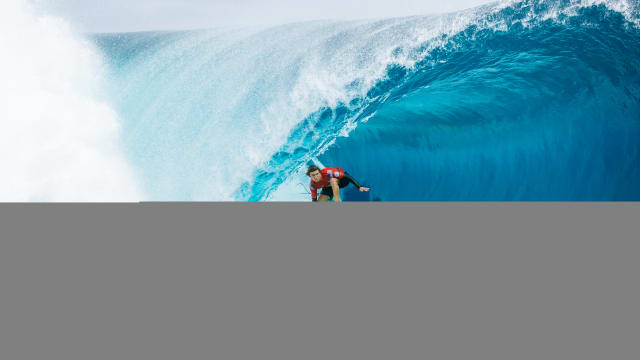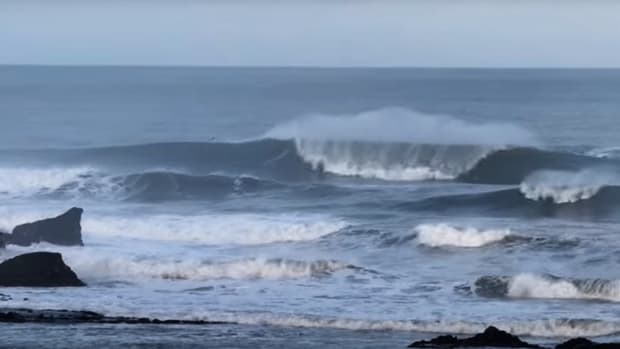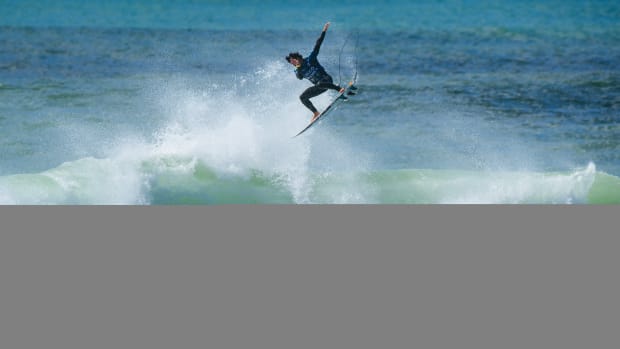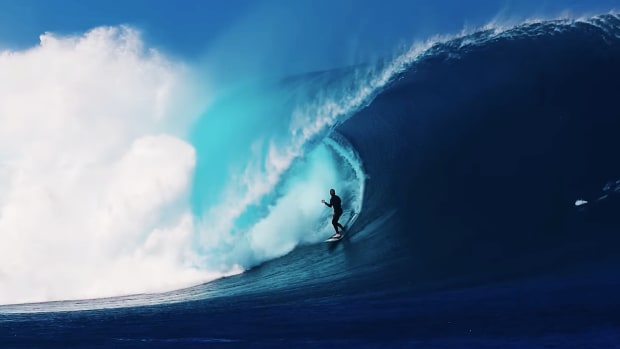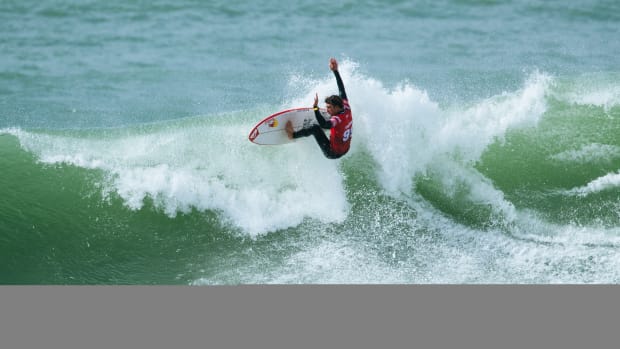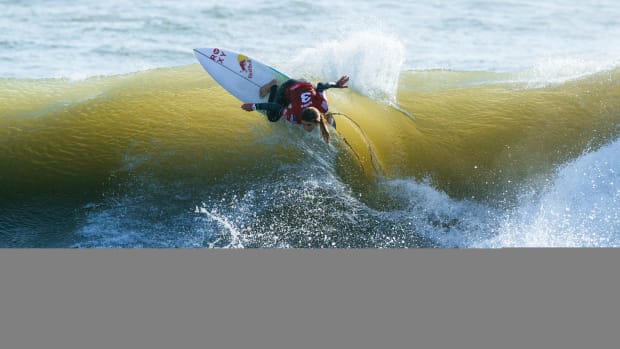
Tahitian Olympic Surfing Venue Steeped In Polynesian Legend And Surf Lore

Tahiti's Kauli Vaast, who's qualified for the 2024 Paris Olympics, feeling right at home at Teahupo'o.
Domenic Mosqueira / Red Bull Content Pool
A century’s old Polynesian legend tells a tale of the murder of King Teahupo’o. Enraged, his son sought revenge by eating the brain of his murderer’s son. Translated, Teahupo’o means “hot head,” or “pile of heads,” or “heap of heads.” It’s also sometimes translated as “Wall Of Skulls.” The direction translation works out as follows:
te (Tahitian/Polynesian) = the (English)
ahu (Tahitian/Polynesian) = pile, central stone, raised platform, mound, altar, heap (English)
po'o (Tahitian/Polynesian) = head, front end, director, father (English)
It’s fitting that this slabbing left-hander, one of the heaviest waves on the planet, will be the site of Olympic glory in 2024. There’s something very gladiatorial about it all.
“There’s no surf in Tahiti,” famously decried Bruce Brown in The Endless Summer, although the story goes that he knew full well the outer islands and reefs were holding.
In 1985, Tahitian charger Thierry Vernaudon broke the seal at Teahupo’o. Bodyboarders Mike Stewart and Ben Severson made the trip from Hawaii the following year. In these pre-Internet, pre-social media days, Teahupo’o slowly grew in infamy amongst underground circles, specifically with the bodyboarders. The civilian surf world got its first glimpse of what Teahupo’o is capable of in 1998 during the Gotcha Tahiti Pro. Koby Abberton beat Conan Hayes in a heated final, but that’s a story for another time.
Two years later, on August 17, 2000, Laird Hamilton shocked everyone when he was towed into a sub-sea level beast that ended up on the cover of Surfer Magazine. The cover blurb simply read, “Oh my god.” It would come to be known as the “Millennium Wave.”
Teahupo’o was officially on the map as quite possible the world’s heaviest, and most perfect, wave. Thanks to the Passe Havae, which has been carved out of the reef by centuries of freshwater runoff from the mountains, the wave is capable of holding its shape regardless of the size of the swell. It grows in girth and power, but it seldom closes out like other big-wave breaks.
Three-time world champion Andy Irons would distinguish himself there and, at the height of his power, he was widely regarded as the “King of Teahupo’o.” Today, the annual Championship Tour contest there, hands out the Andy Irons Award for the surfer that charged the hardest and with the most conviction.
“Andy was a hero for me and always an inspiration,” said Brazil’s Ricardo Dos Santos upon receiving the A.I. Award in 2012. Tragically, Dos Santos was murdered at his home in 2015. “I thought, if Andy can do it, I can do. I could feel him.”
Look no further than the Code Red swell during the 2013 Billabong Pro Tahiti to see what Teahupoo’s really capable of. The contest had to be put on hold because the Pacific was flexing so hard, and when it did run it was in some of the heaviest conditions ever surfed in a CT event.
“I came up and checked my neck to make sure my head was still attached,” said Nathan Fletcher after riding—and getting annihilated—on quite possibly the biggest wave ever ridden there during the Code Red swell. “I’m not really sure how I survived.”
It’s been a couple of years since Teahupo’o has really done its thing. It’s certainly a sight to see when it does.
The 2024 Olympic Games will take place this July, which is the heart of the summertime southwest swell surf season—ideal for scoring big, blue barrels at Teahupo’o.
